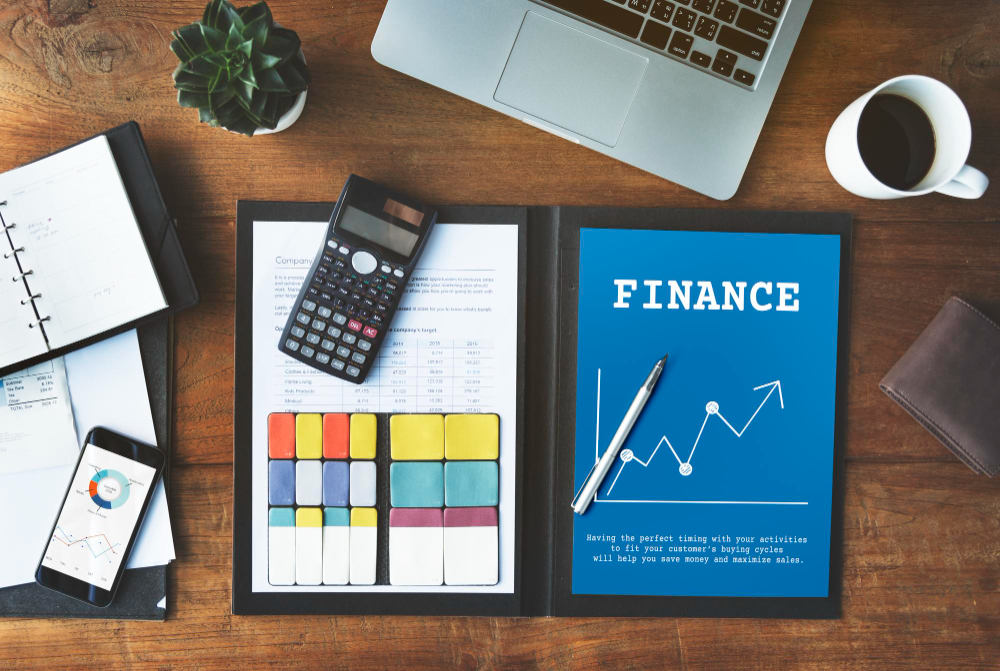Have you ever reached the end of the month without knowing where your money went? If so, you're not alone. Most people were never taught—practically speaking—how to manage their personal finances. But the good news is: that can change! In this article, we at OneKey will show you how to create a personal budget and financial plan in a simple, practical, and effective way.

📌 What you’ll learn in this article:
📊 What is a personal budget?
A personal budget is like a map of your money: it shows everything that comes in (your income) and everything that goes out (your expenses), helping you make more informed decisions. It’s not about “tightening the belt,” but about understanding your habits and making room for your goals.
🛠️ Step-by-step to build your budget
1. List your income
Start by identifying all sources of income: salary, side gigs, rentals, investment returns. Use net values (after taxes).
2. List all your expenses
Classify them into:
3. Create spending categories
Organize your expenses into categories to make analysis easier:
4. Compare income and expenses
If expenses exceed income: ⚠️ Red Alert. You’ll need to cut costs or increase income.
If you have money left over: time to plan investments!
Check if you're spending more on variables than you're saving.
A good practice before any purchase is to ask: Do I NEED this or do I WANT this?
This helps differentiate between necessary and unnecessary expenses.
🎯 Financial Planning: looking ahead
Planning means turning goals into numbers.
Want to travel, buy a car, get a degree, or ensure a peaceful retirement? It all starts with a plan.
Tips for setting goals:
💡 Practical tips to maintain financial control
If you found this content helpful, share it with friends and help others regain control of their personal finances. Let’s go together on this journey towards financial freedom! 🚀
OneKey Payments



.jpg)
.jpg)
.jpg)